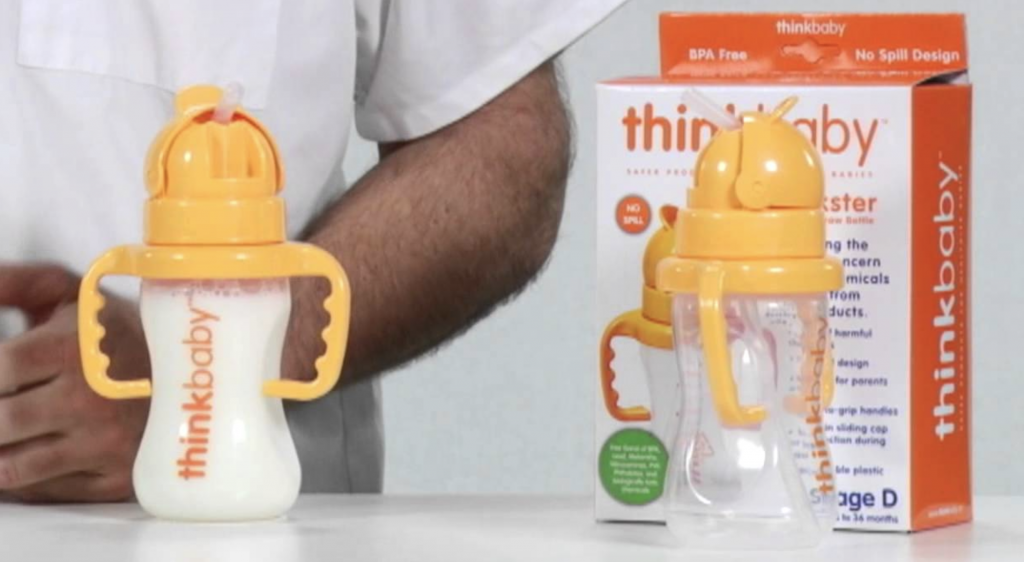Sippy cups have been a staple in households with toddlers for decades. Sippy cups are easy to clean and they prevent spills, but they also severely impair your child’s oral development and do more harm than good. As a parent, I completely understand the role of this kind of convenience item, but as a dentist and orofacial myologist, I meet many parents who are not aware of the damage that can be done and aren’t aware of alternatives to sippy cups.
The Why
As a baby matures, their swallow pattern matures with them. Babies swallow differently during their first year when they use a suckle swallow pattern that includes them moving their tongue forward and backward to extract milk from the breast or bottle and sending it to the back of the tongue to swallow it. At around 12 months, your child’s swallow pattern begins to change and mature and using a bottle or a hard-spouted sippy cup can interfere with progression from infant suckle to a more mature swallow pattern. Your child has a lot of muscles to build as they develop as they grow and the over-use of hard sippy spouts may get in the way of development.
A swallowing pattern may not sound like a big deal, but it impacts everything in your child’s mouth and beyond. The use of sippy cups with a spout contributes to the malformation of the hard palate, leading to malocclusions and crooked teeth. This means that your child’s ability to develop proper drinking, swallowing, and articulation skills can be delayed.
When a child uses a sippy cup with a spout, their tongue is forced to drop underneath the spout and into the floor of the mouth. Since the spout keeps the tongue in the floor of the mouth, it encourages children to drink using all of the wrong muscles — muscles that are a major factor in causing crooked teeth and poor facial and dental development of the lips, tongue, jaw etc. This promotes mouth breathing which can cause crooked teeth, facial deformities, or poor growth in children and bad breath, gum disease, and worsened symptoms of other illnesses in adulthood. Extended use of sippy cups can also impede speech and language development so as you can see, this is no small issue.
A Few Alternatives
So how can you get the reduced spills that a sippy cup provides without using one? There are many alternative cup options, but you can start introducing an open cup to your child as young as 5-6 months of age. Open cup drinking helps to promote proper tongue placement and oral motor skills which are necessary progressive learning steps for your child. The earlier you introduce these skills, the less chance your child will have for crooked, misaligned teeth. Babies learn fast so it only takes a few days to weeks of daily practice for them to develop a new habit. When you compare that to the months of future therapy and years of braces to undo the damage of incorrect tongue placement, ditching sippy cups is a no-brainer.
Of course, you may not always be able to use open cups and there are some great alternatives to sippy cups that do not create oral health issues. The Playtex Sipster, guaranteed by Playtex to be leak-free, has a straw so it requires your child to build the muscles required for a mature swallowing pattern. The Wow Cup requires sucking to extract the liquid which is great for orofacial muscle development. The Thinkster Steel Bottle by thinkbaby has a no-spill straw design with detachable handles.
If you’re wondering “How long should a toddler use a sippy cup?”, we recommend that you avoid traditional sippy cups entirely and opt for one of the alternatives listed above. That way you won’t be taking the chance of a sippy cup interfering with your child’s oral development.



Recent Comments